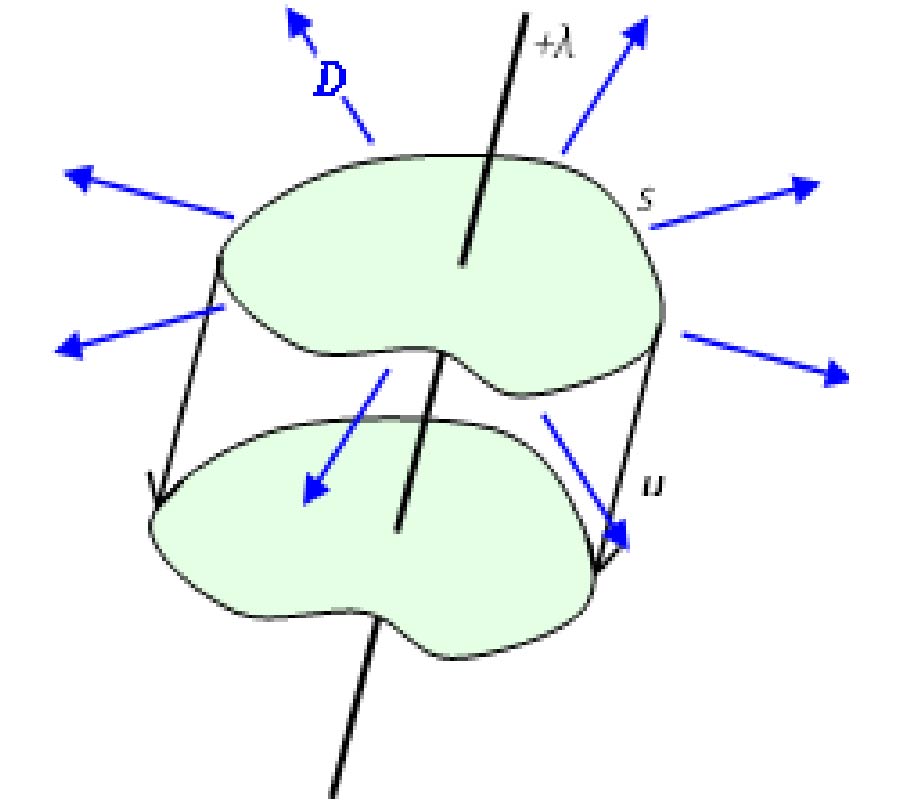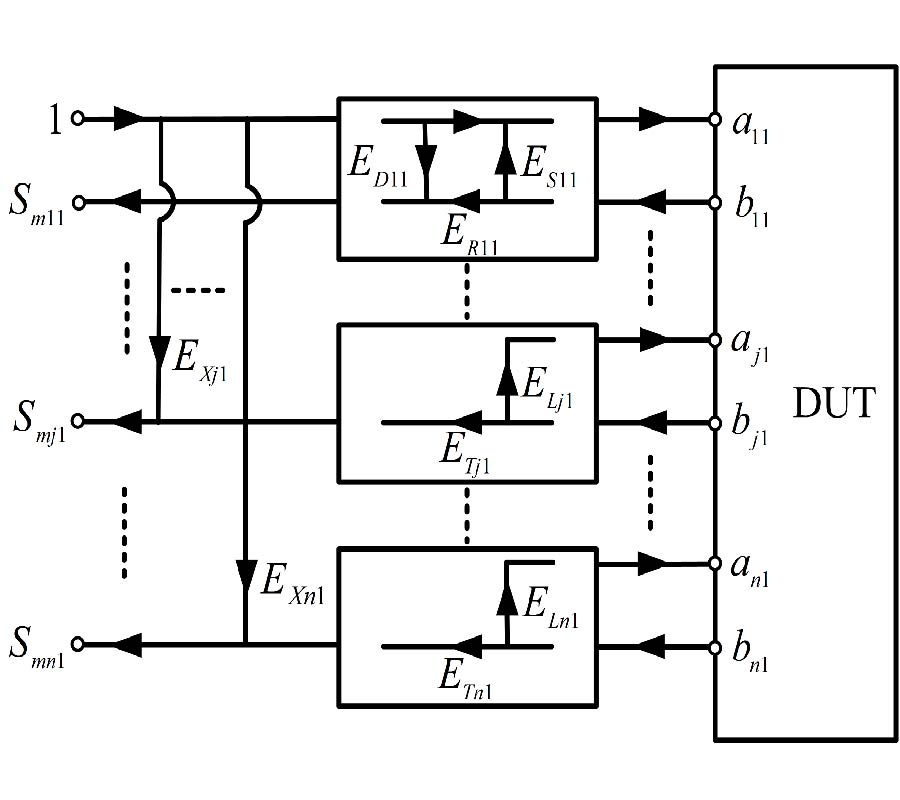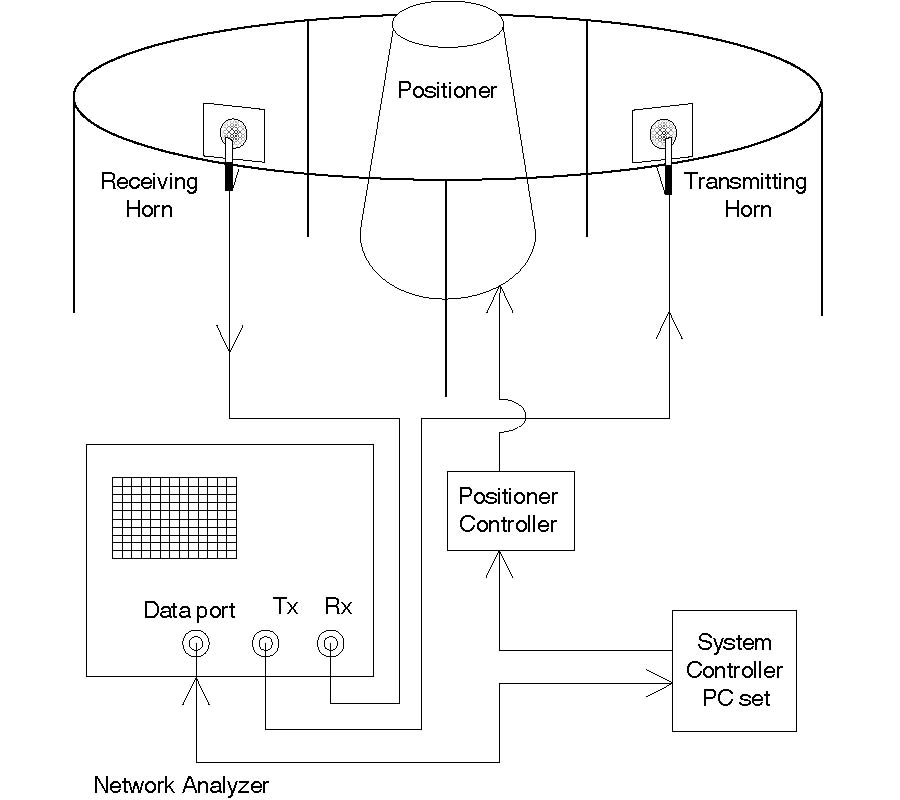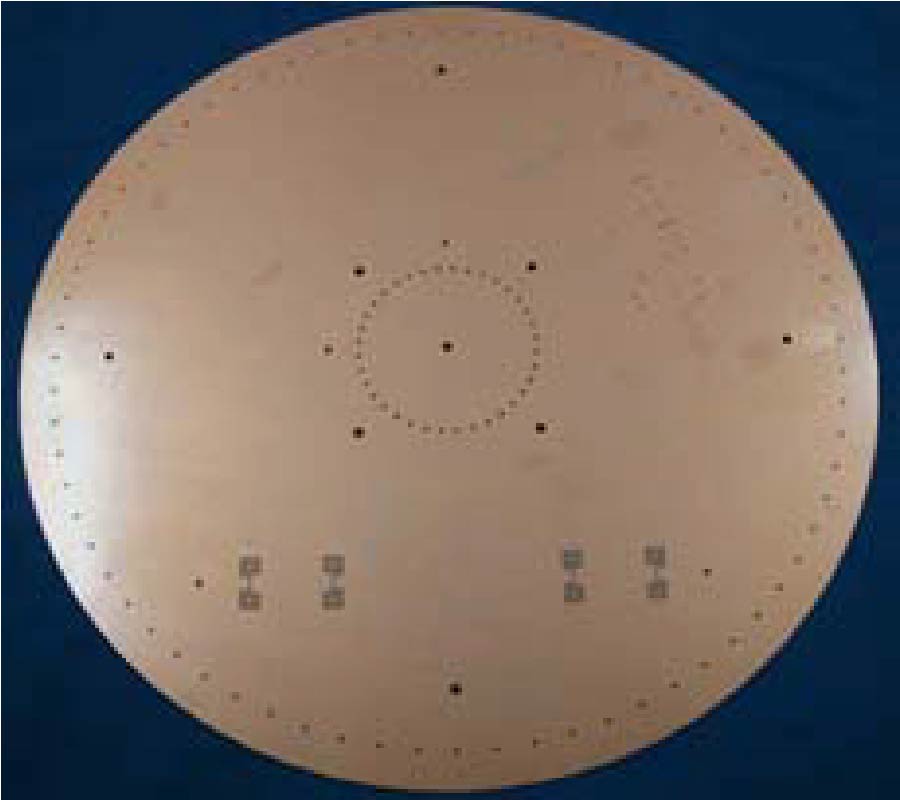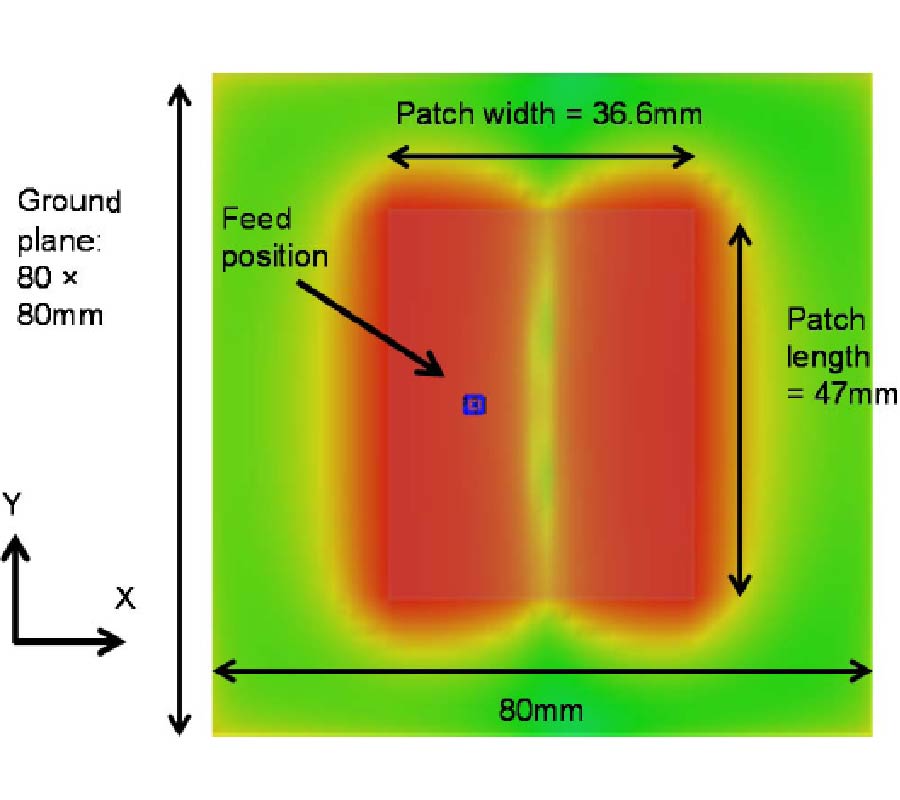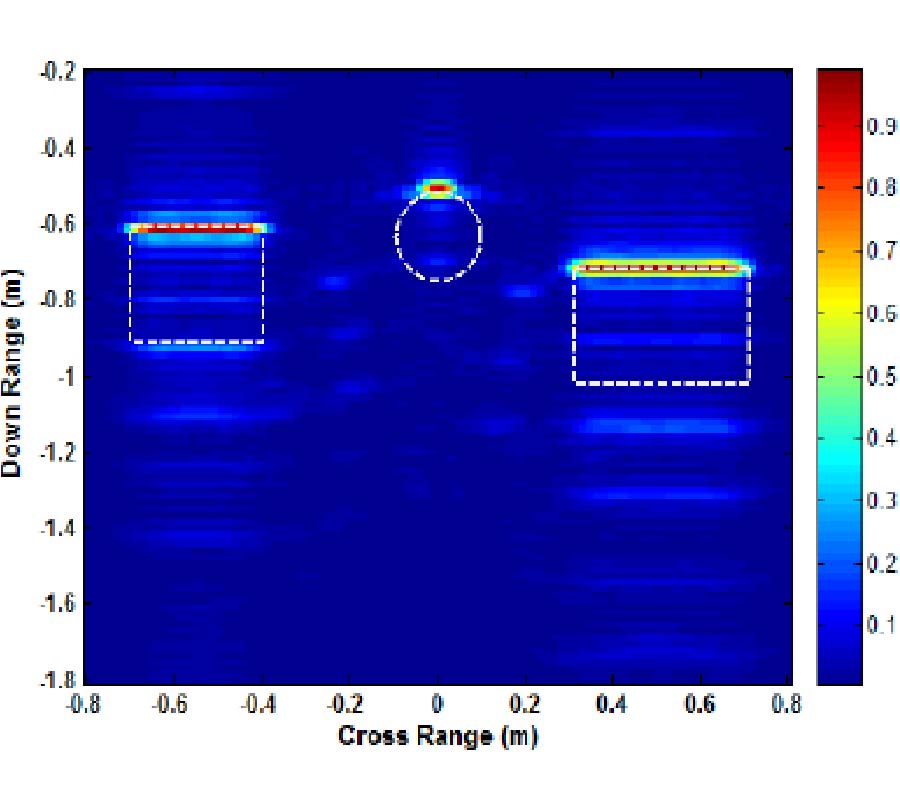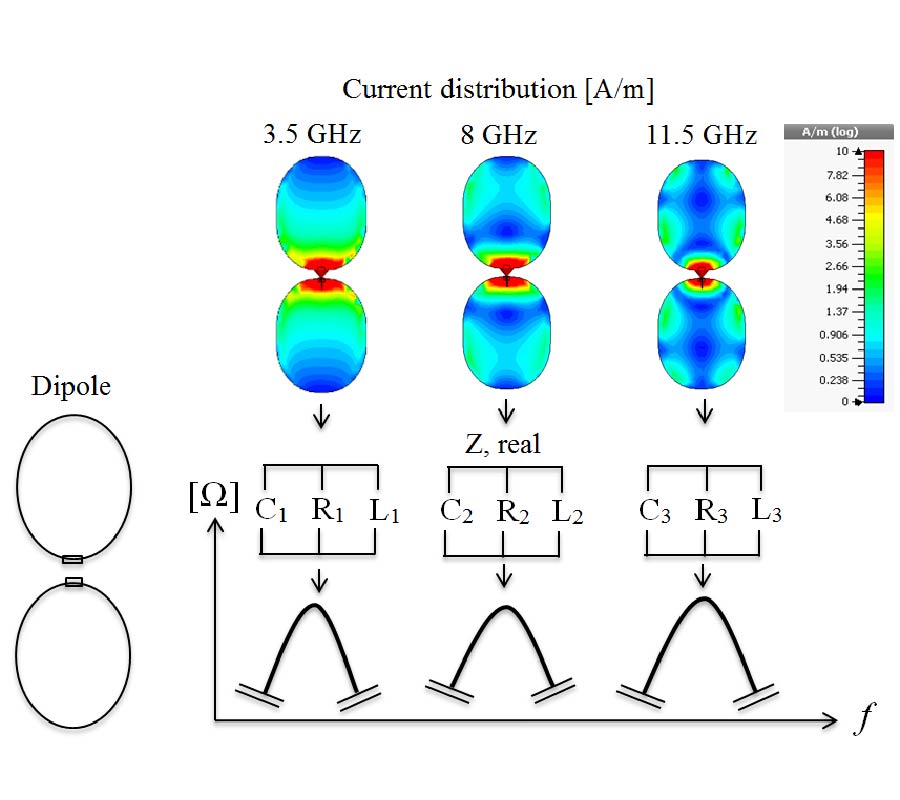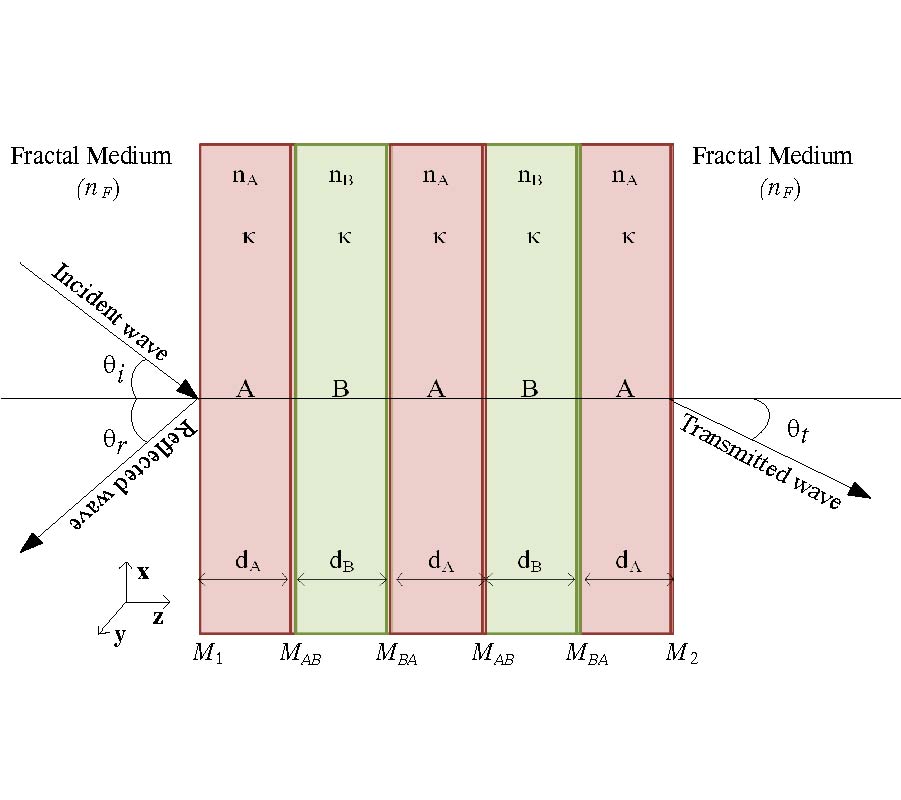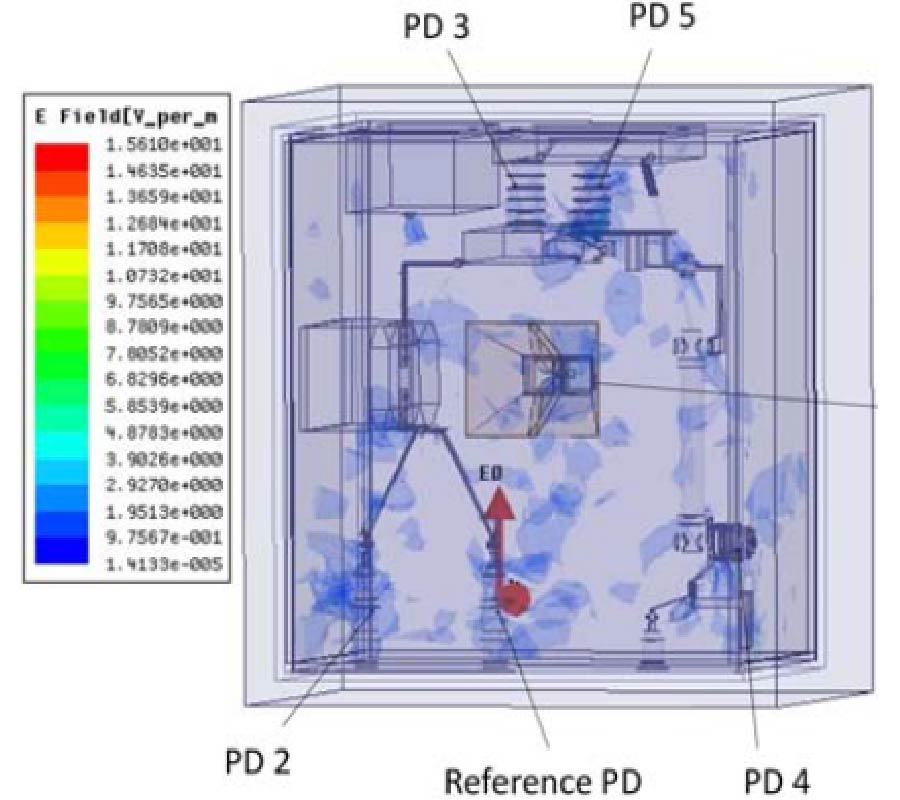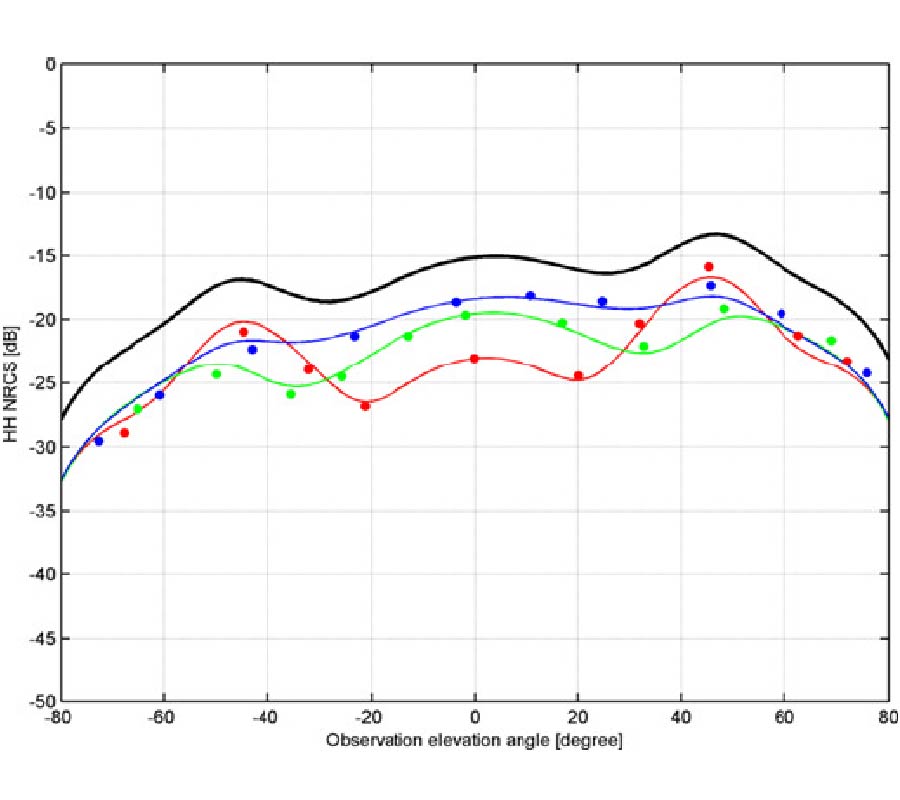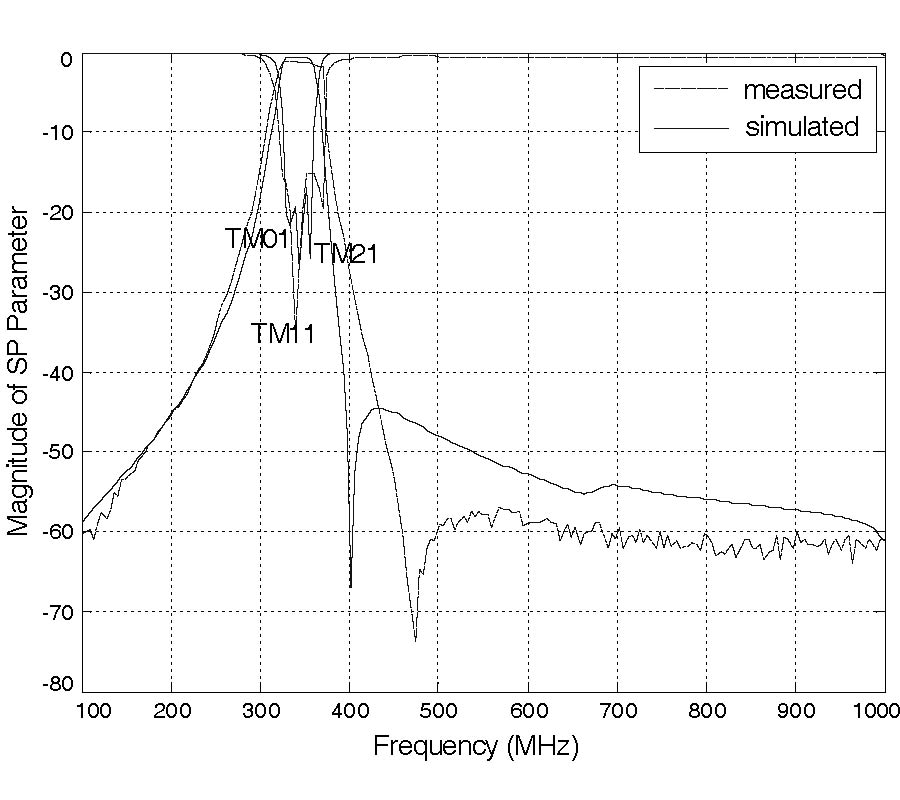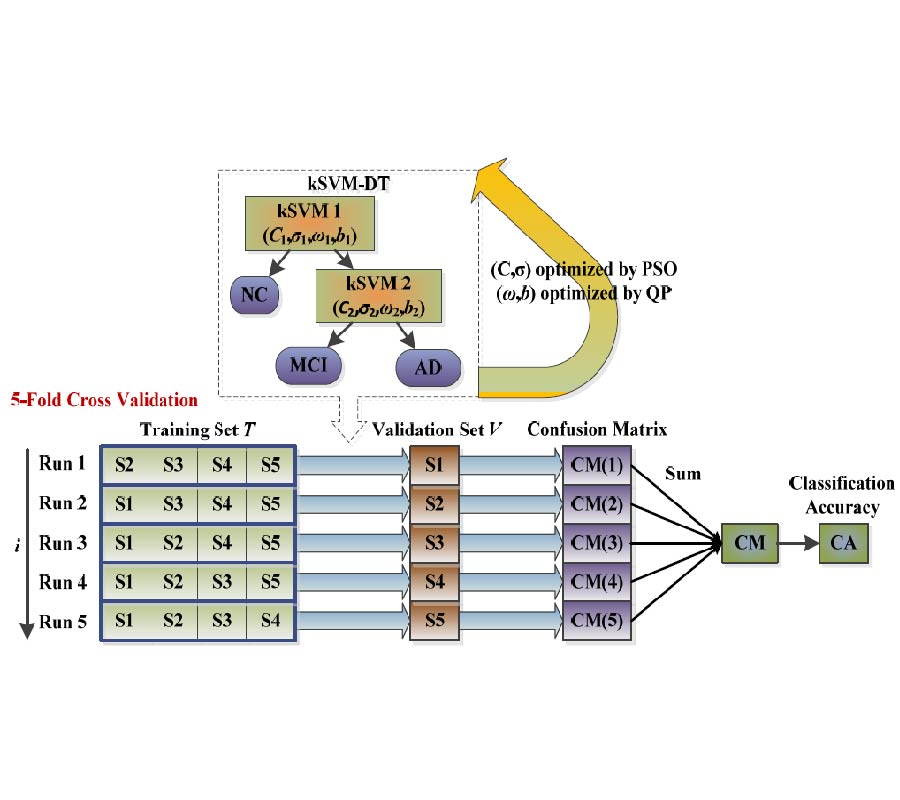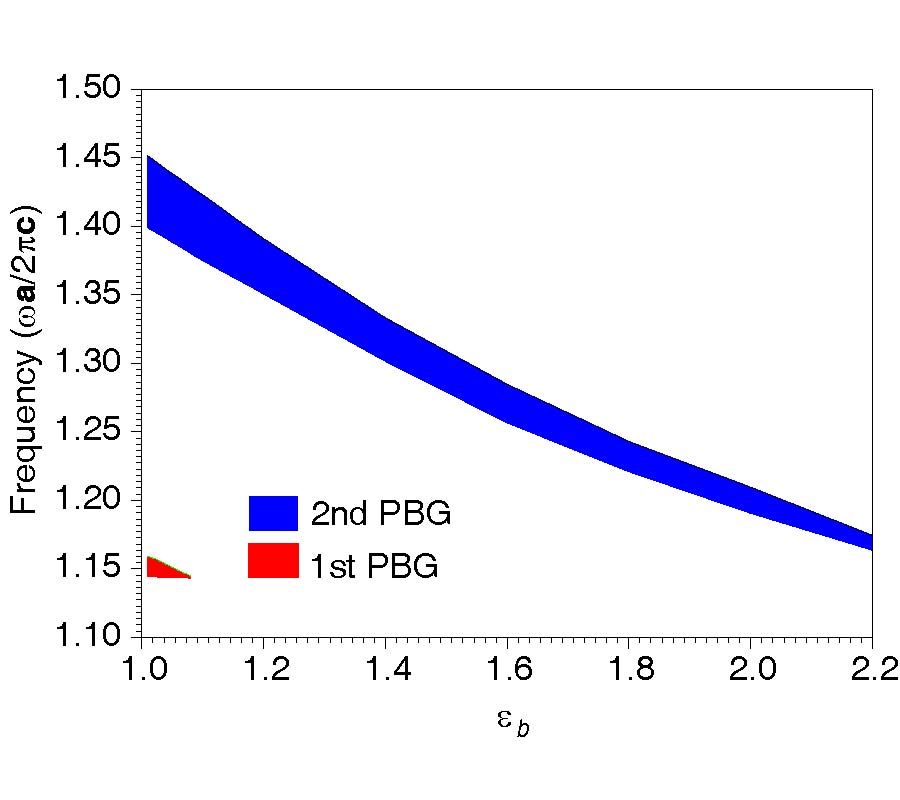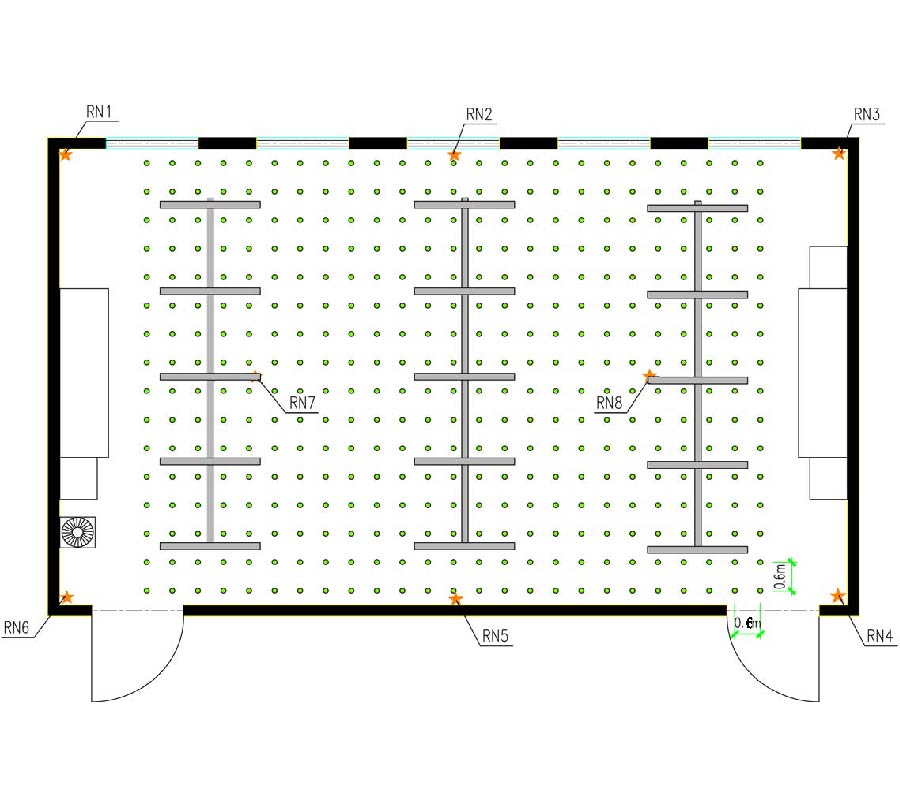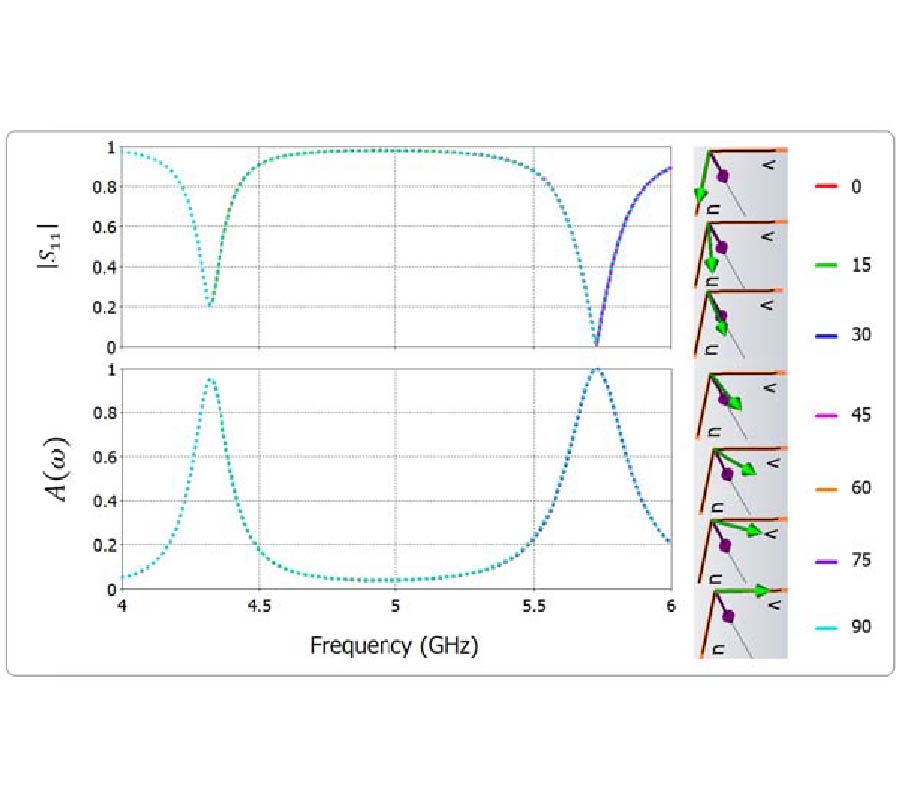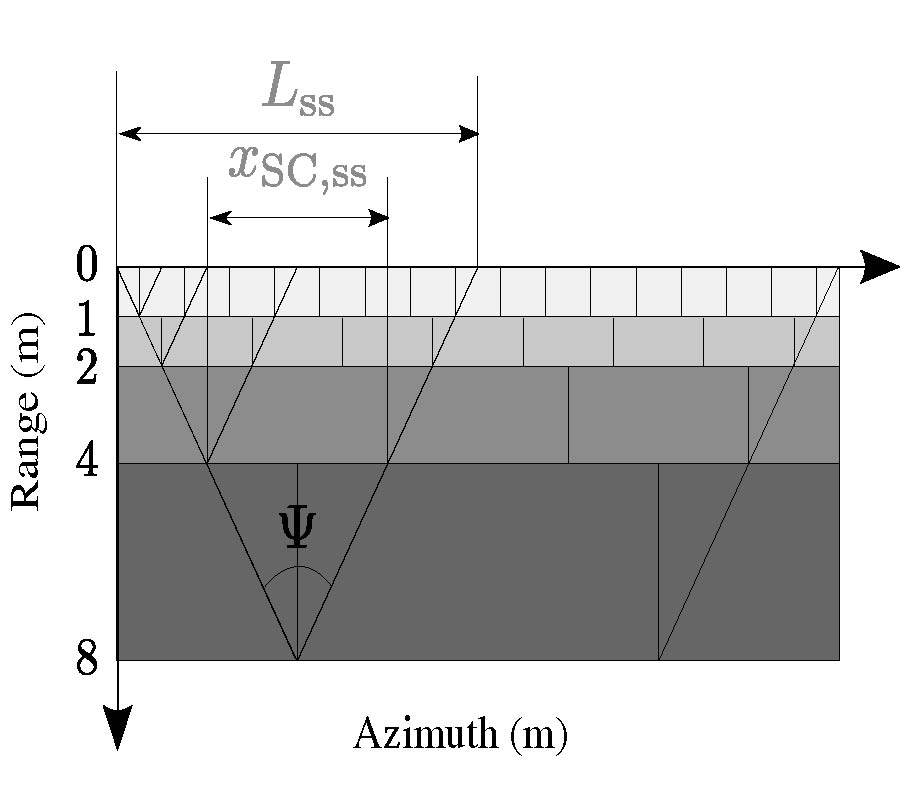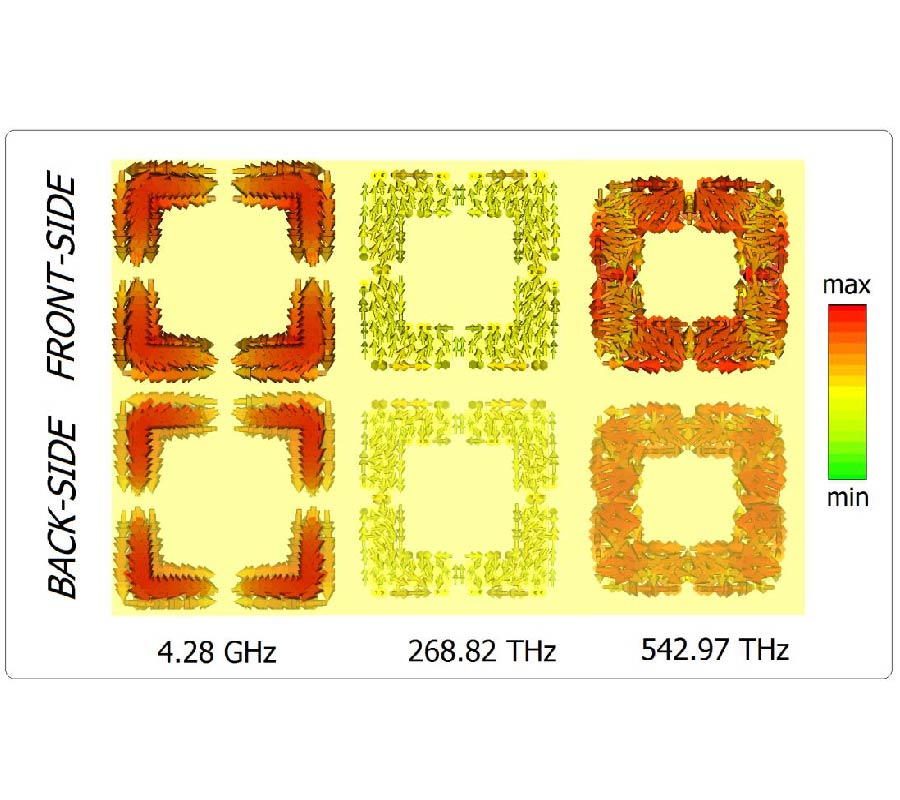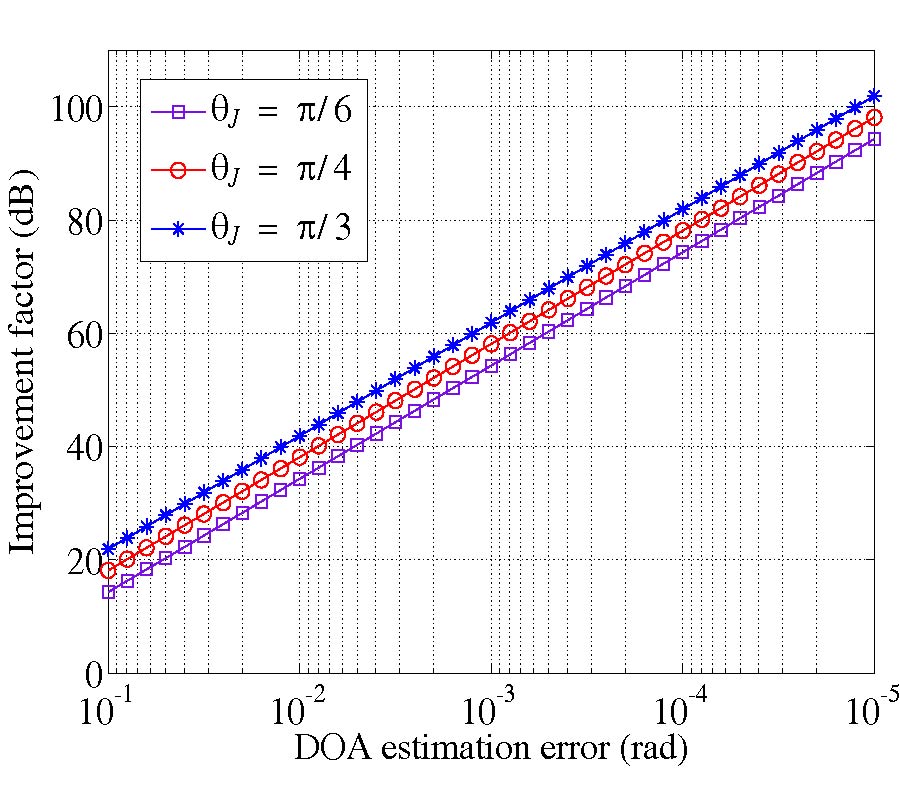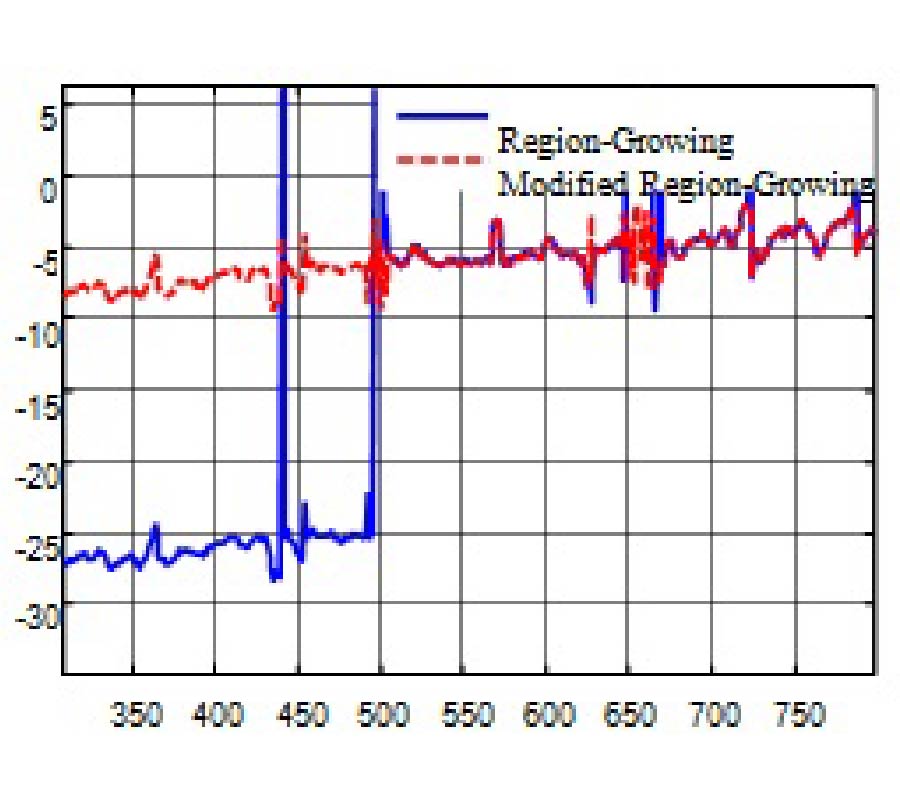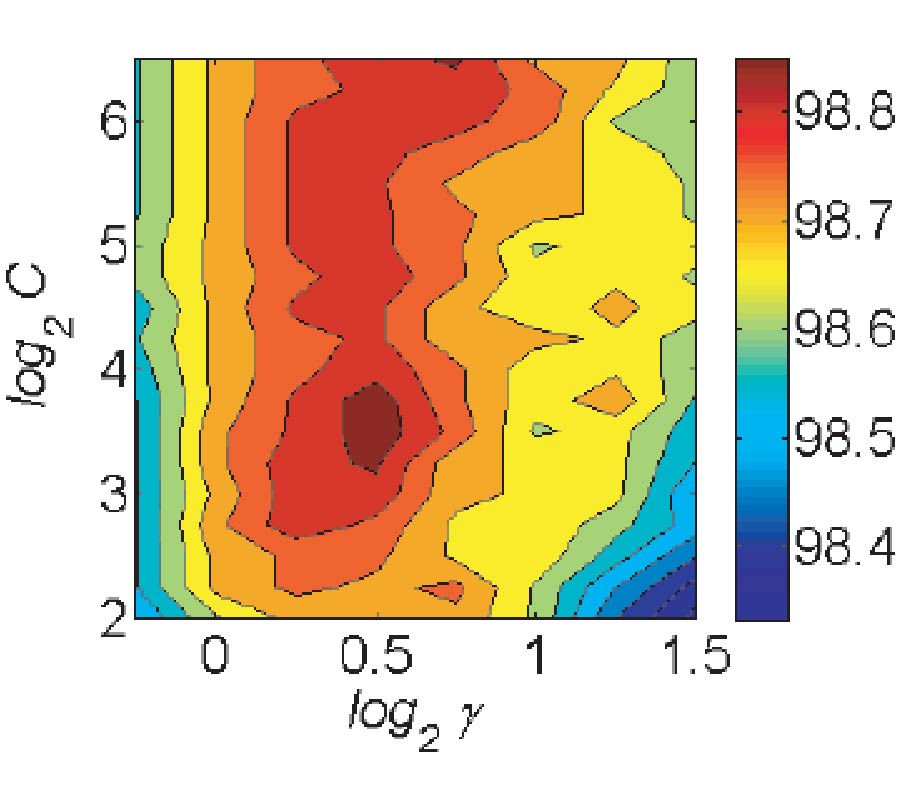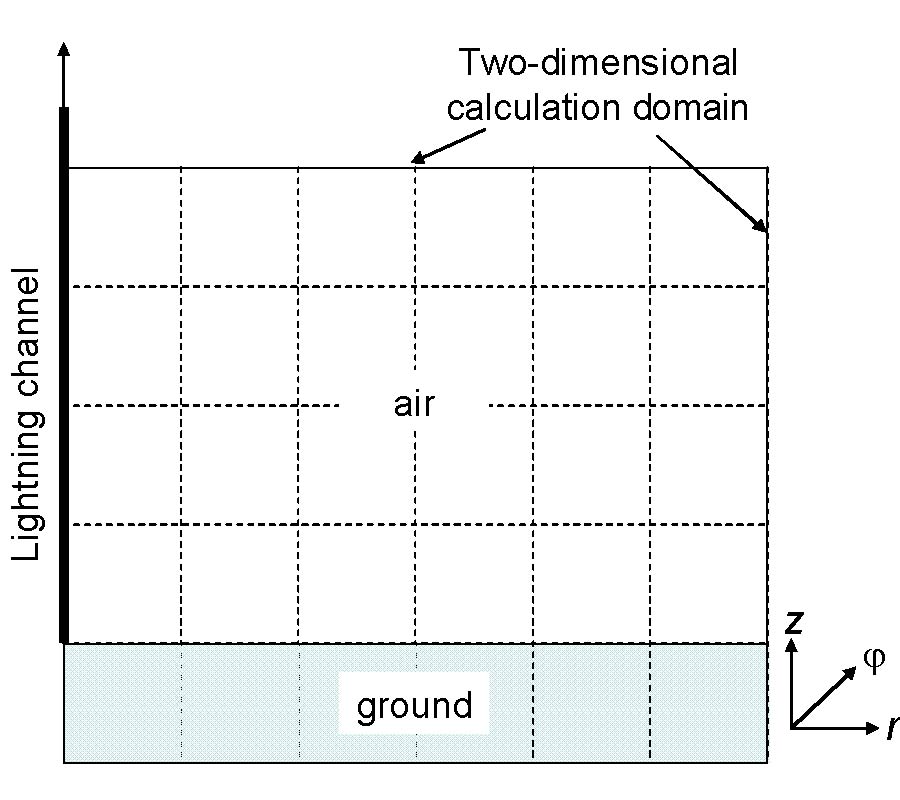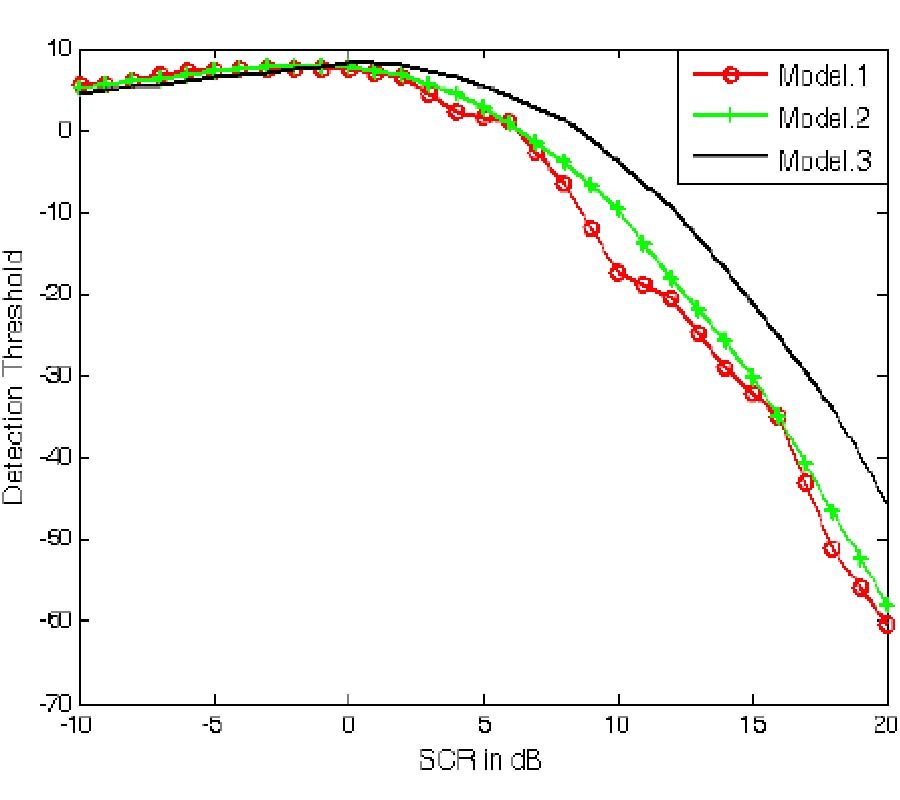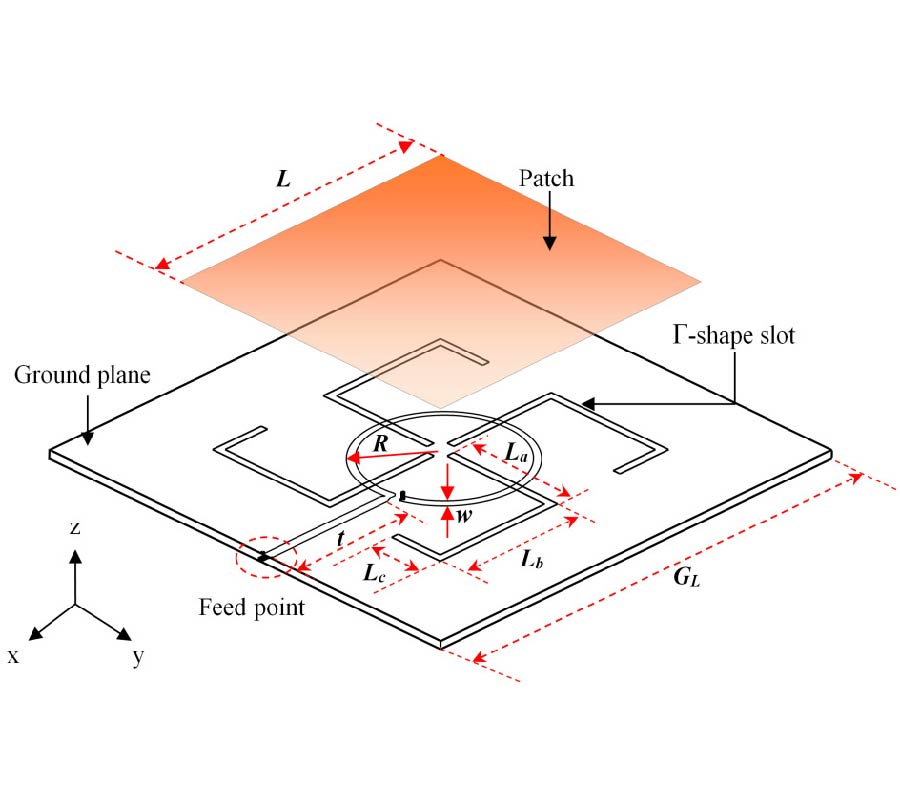Classification of Alzheimer Disease Based on Structural Magnetic Resonance Imaging by Kernel Support Vector Machine Decision Tree
Yudong Zhang,
Shuihua Wang and
Zhengchao Dong
In this paper we proposed a novel classification system to distinguish among elderly subjects with Alzheimer's disease (AD), mild cognitive impairment (MCI), and normal controls (NC). The method employed the magnetic resonance imaging (MRI) data of 178 subjects consisting of 97 NCs, 57 MCIs, and 24 ADs. First, all these three dimensional (3D) MRI images were preprocessed with atlasregistered normalization. Then, gray matter images were extracted and the 3D images were undersampled. Afterwards, principle component analysis was applied for feature extraction. In total, 20 principal components (PC) were extracted from 3D MRI data using singular value decomposition (SVD) algorithm, and 2 PCs were extracted from additional information (consisting of demographics, clinical examination, and derived anatomic volumes) using alternating least squares (ALS). On the basic of the 22 features, we constructed a kernel support vector machine decision tree (kSVM-DT). The error penalty parameter C and kernel parameter σ were determined by Particle Swarm Optimization (PSO). The weights ω and biases b were still obtained by quadratic programming method. 5-fold cross validation was employed to obtain the out-of-sample estimate. The results show that the proposed kSVM-DT achieves 80% classification accuracy, better than 74% of the method without kernel. Besides, the PSO exceeds the random selection method in choosing the parameters of the classifier. The computation time to predict a new patient is only 0.022s.
